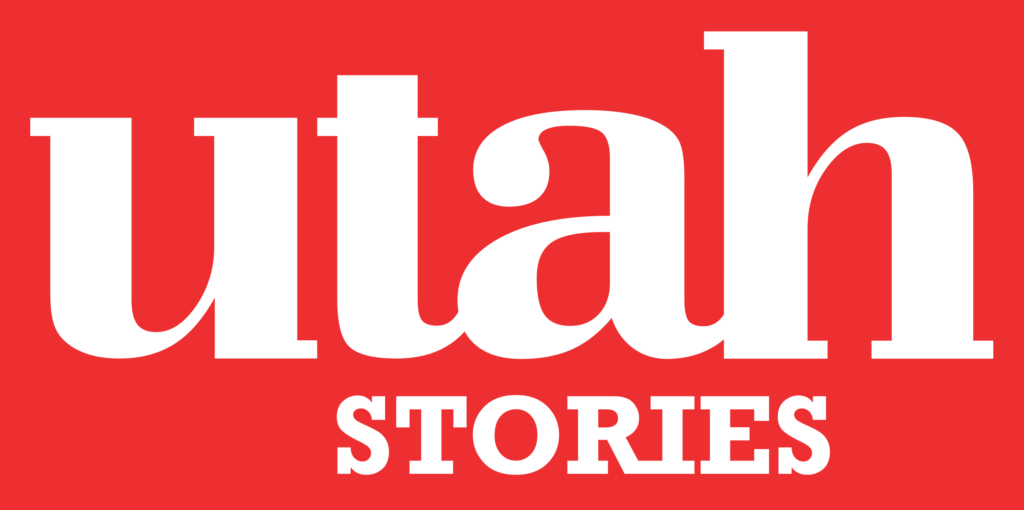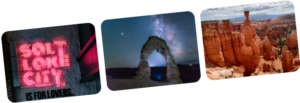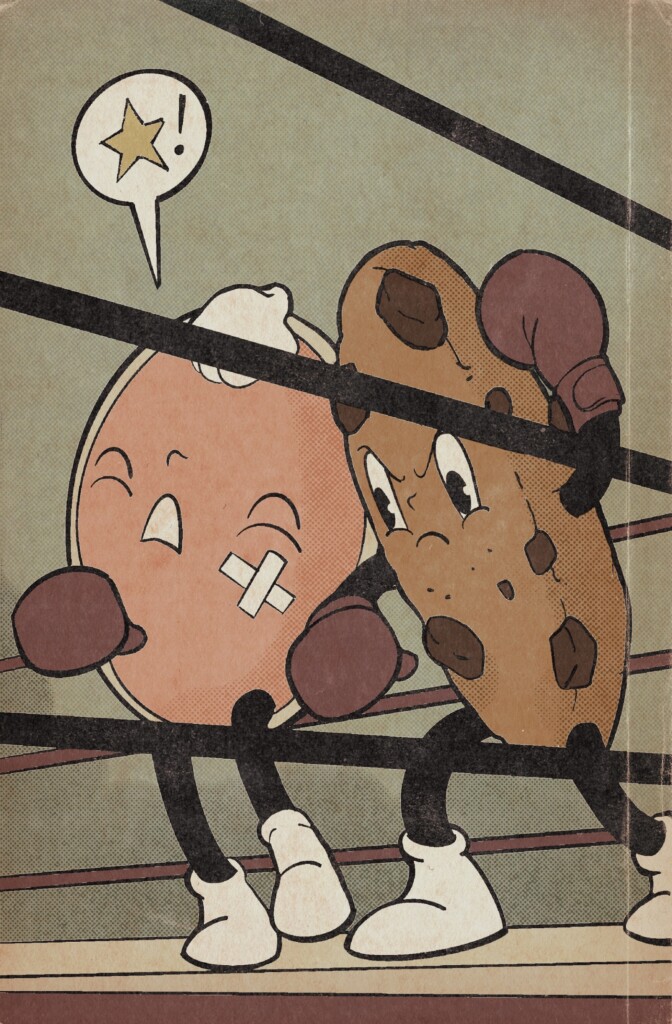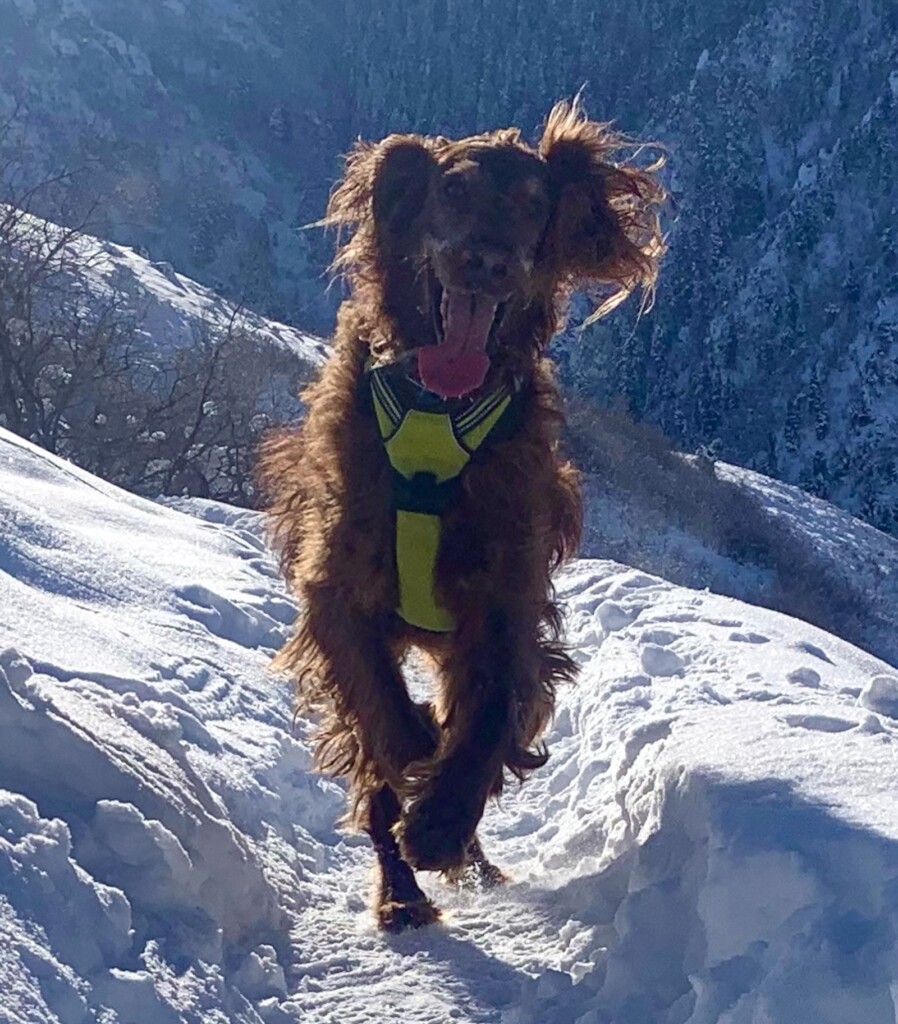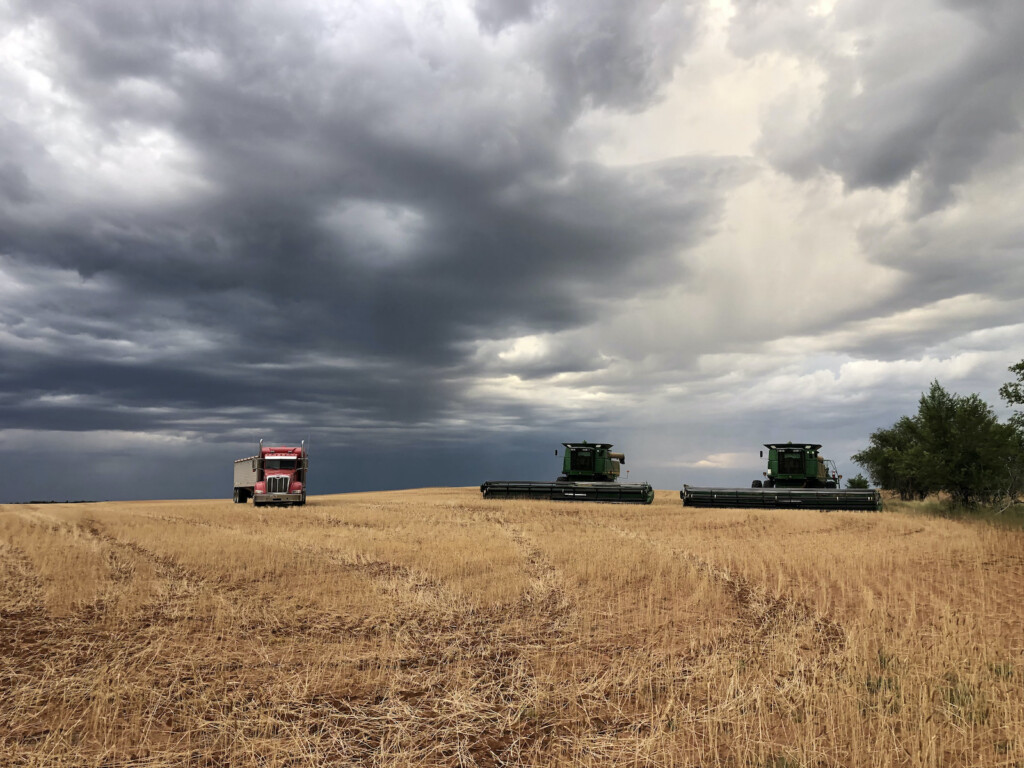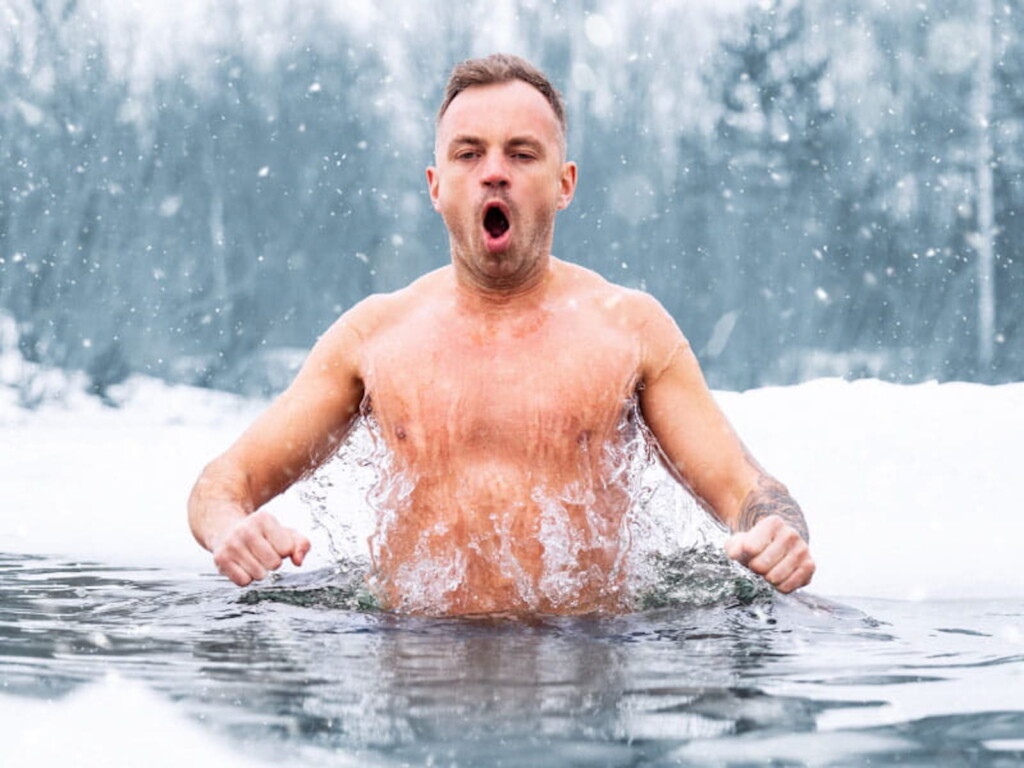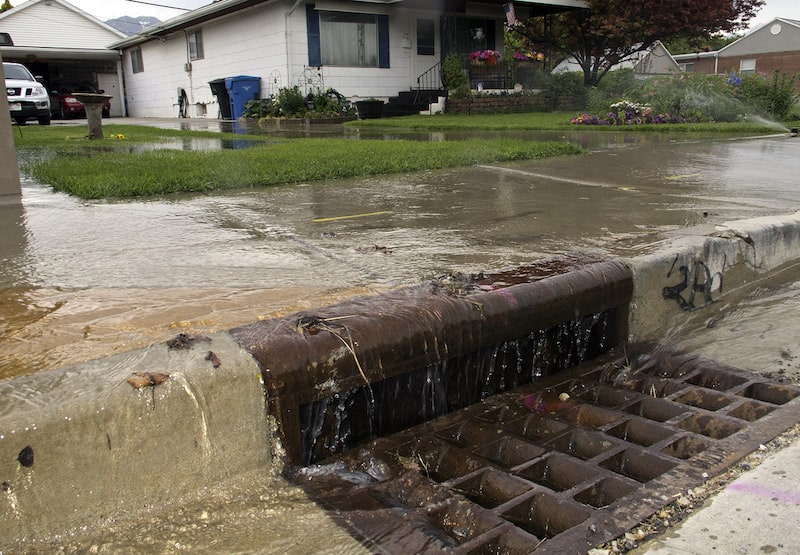
Utah is in full-blown drought mode. Reservoirs and storage systems are desperately low, and even the Great Salt Lake, that paragon of salty buoyancy, is only slightly more than a shallow, briny puddle, instead of the vibrant desert ecosystem it is supposed to be.
The evaporative effect of a full GSL is vital for normal weather patterns and the snowfall that fills the Wasatch Front’s reservoirs and aquifers. Over many decades, however, an ignorant state legislature decided that any unused runoff that reached the GSL was wasted water, and now valley residents are paying the price. We live in a desert, and water conservation is essential to a growing population and our future economy.
Here are five easy things we can all do to save water, energy and money. If we all do our part, we can make a real difference.
- Take showers instead of baths, and take shorter showers. A full bathtub uses 70 gallons of water, while a shower of five minutes or less uses 10 to 25 gallons. You can buy a water-saving or Waterpik Ecoflow showerhead to save even more. You still get a strong spray, and you can hold your head high knowing that you’re conserving water. (Helpful hint: You can conserve even more by showering with a friend.)
- Install a water-saving toilet flush system. The Danco HYR460 HydroRight Total Repair Kit is a dual flush system that uses one button for liquids and paper, and another for solid waste. For less than $30, it eliminates the unreliable and leaky flap-and-valve system that makes old toilets so wasteful.
- Turn off the faucet when brushing your teeth. This simple act can save as much as 3 to 4 gallons of water per family member per day ― approximately 1000 gallons per year ― the equivalent of 100 four-minute showers.
- Don’t leave taps or hoses running when washing dishes, cars, etc., and don’t overwater your lawn. Get a free lawn watering guide at https://conservewater.utah.gov/weekly-lawn-watering-guide/. Use a drip system in your garden.
- Close taps fully and fix leaks. Make sure your old water heater doesn’t leak, or better yet, install a tankless heater. These devices heat water faster and can save the average homeowner (who uses 86 gallons of water per day) roughly 8% to 14% in annual energy costs.
Of course, we shouldn’t save water only during times of drought. It doesn’t make sense to waste water, or any other resource, no matter how rare or abundant it might be. Consider the following:
- It makes no sense to maintain green lawns in a desert.
- It makes no sense to water yards and gardens with culinary water.
- It makes no sense to water streets, driveways, sidewalks and gutters.
- It makes no sense to poop and pee in potable water.
- It makes no sense to turn our sprinklers on before May or after October 1st, or to run them while it’s raining.
- It makes no sense to subsidize water costs with property taxes instead of charging customers for the water they use ― especially big commercial users.
- It makes no sense to permanently contaminate the water used for fracking and remove it from the water cycle forever.
- It makes no sense that Utahns use more water per capita than people in most other states, considering that we are the second driest state in the nation.
Find out how to get a free water evaluation and how to participate in programs that offer rebates here.
Let’s start using some common sense with regard to our precious and life-sustaining water resources.
RELATED CONTENT
Watering Today: Utahn Develops an App to Help Save Water while Maintaining Green Lawns
Will Utah Have Enough Water to Sustain Its Booming Population?
Four easy ways to conserve water in Utah from snow
Utah is at an Impasse Over its Water Strategy
SUPPORT LOCAL JOURNALISM AND SUBSCRIBE TO PRINT MAGAZINE
Subscribe to Utah Stories weekly newsletter and get our stories directly to your inbox
